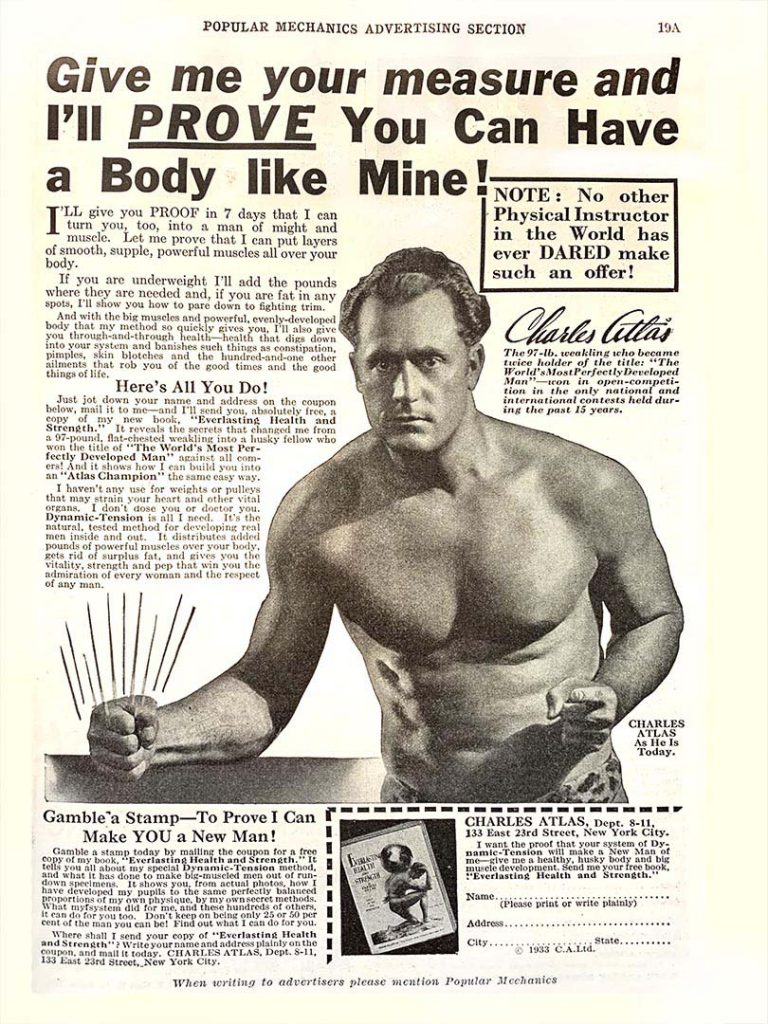

Introduction by Jessica Bell Brown, Museum Research Consortium Fellow, Department of Painting and Sculpture, 2016

has been my main inspiration all my artistic life.” 1 Like Rauschenberg, who pushed the boundaries between painting, sculpture, movement, and performance, Atlas moved between film, video, and live performance, charting new possibilities for picturing dance. “I went to see Rauschenberg’s work-that was my introduction to Merce. Atlas recounts that Rauschenberg, who collaborated with Cunningham on more than 20 performances from 1954 to 1964, was the reason for his first association with the company. He is currently collaborating with MoMA’s curatorial and exhibition design teams on the presentation of Robert Rauschenberg, a retrospective of Rauschenberg’s six-decade career. Over the course of his career Atlas continued to collaborate with Cunningham, Clark, and Dunn, and worked with Yvonne Rainer, Andy Warhol, Nam June Paik, and Marina Abramović, among other artists, dancers, musicians, and poets.
CHARLES ATLAS TV
In his fictionalized TV documentary on the life of dancer Michael Clark, Hail the New Puritan (1985–86), Atlas put dance and drag performance on an equal plane, creating a new way to imagine the performing body and spotlighting underground queer subcultures in London amid the burgeoning AIDS crisis. In the 1980s, he embraced the ready availability of video cameras, deploying techniques of live television and cinema such as long takes, quick cuts, and live editing. Since leaving the Merce Cunningham Dance Company in 1983, Atlas has continued to make his own work. In Floor (1974), he captures dancer and frequent collaborator Douglas Dunn improvising everyday gestures on the floor of a dance studio, abstracting Dunn’s body into fragments by cropping it with the camera’s frame. Here Atlas underscores Cunningham’s exploration of “readymade” movements, incorporating footage of dancers chatting and relaxing. In Walkaround Time (1973), Atlas presents Cunningham’s tribute to Marcel Duchamp, in which dancers move through transparent vinyl boxes etched with Duchamp’s drawings. In these first films, Cunningham and Atlas developed a new language for choreographing and filming what Atlas called “media dance”: in these pieces, the camera moves in concert with the dancing body, rather than remaining static and giving viewers a straightforward shot of a dance performance on a theatrical stage. Atlas eventually showed his cinematic experiments to Cunningham, and together they embarked on a number of filmic dance studies, performances for the stage, and Atlas’s own films.
CHARLES ATLAS MOVIE
While working for the company, he acquired his first Super 8 movie camera and began making unedited filmic works. In 1974, Atlas became the company’s filmmaker-in-residence. He was soon hired as an assistant stage manager and, eventually, a lighting designer at the Merce Cunningham Dance Company, among the most important in New York’s avant-garde dance world. Louis, Missouri, he arrived in New York in 1970 at the age of 20, with ambitions of becoming a filmmaker. The work of pioneering filmmaker and video artist Charles Atlas has brought together dance, performance, and media for nearly four decades.


 0 kommentar(er)
0 kommentar(er)
